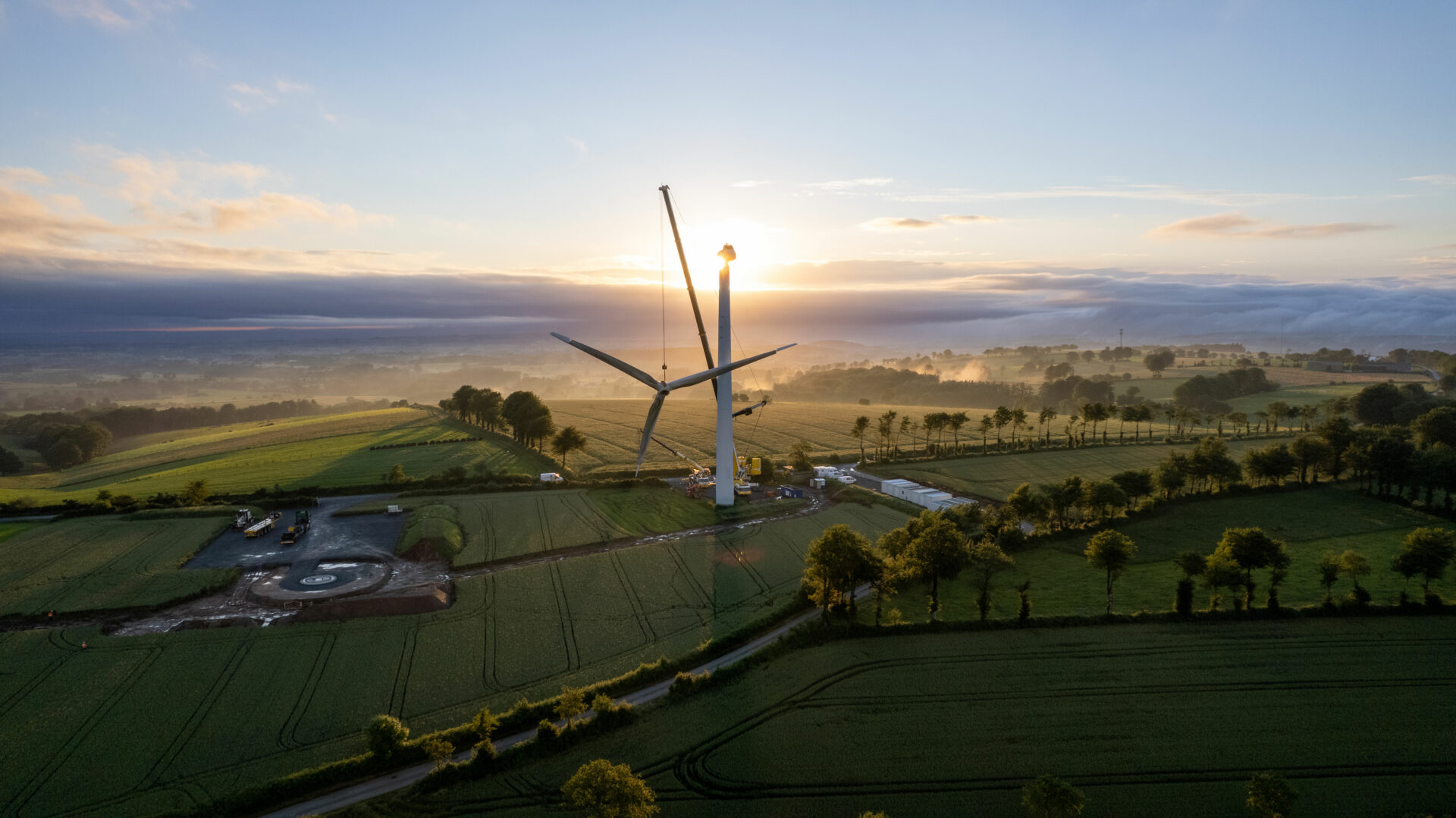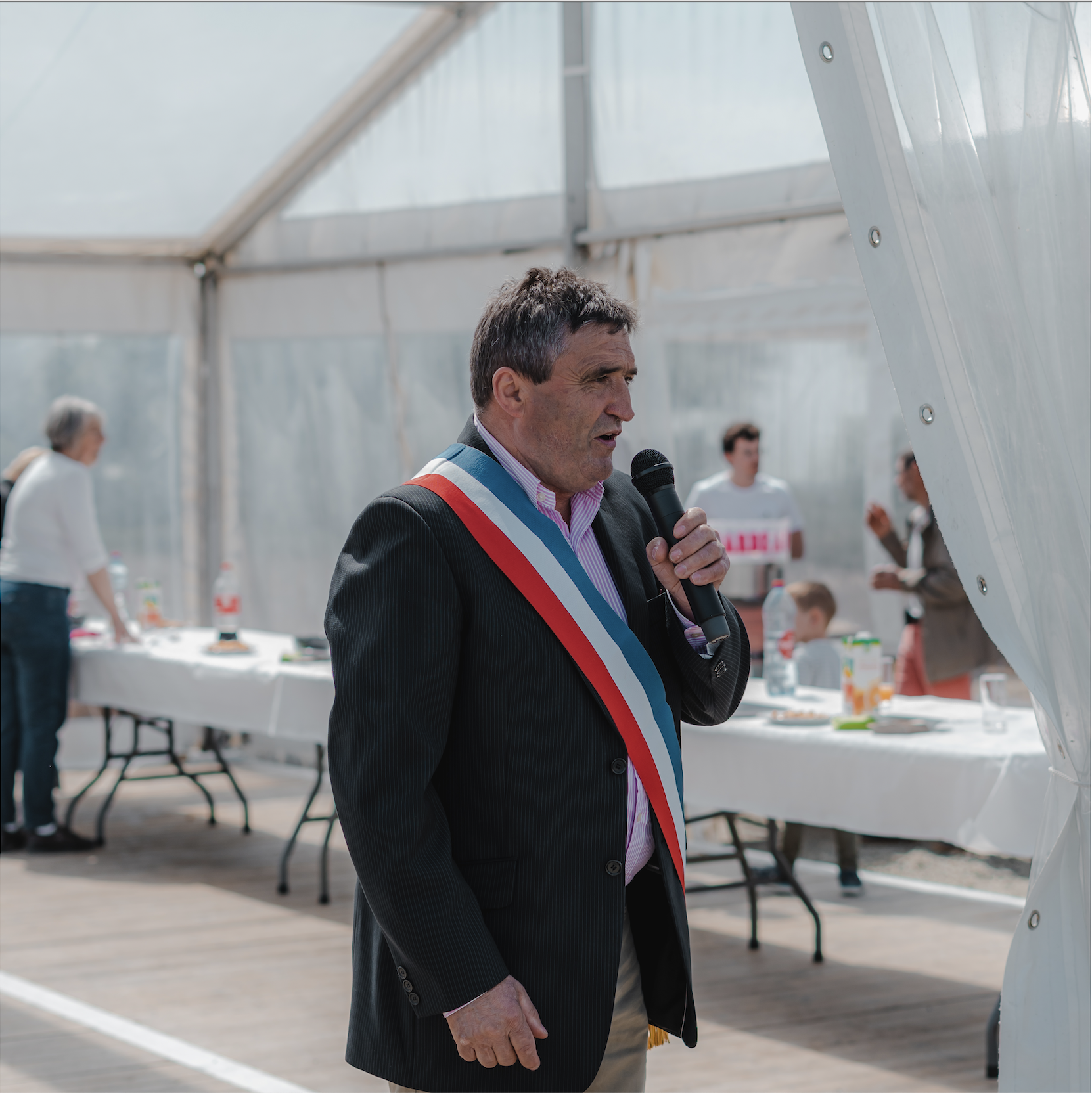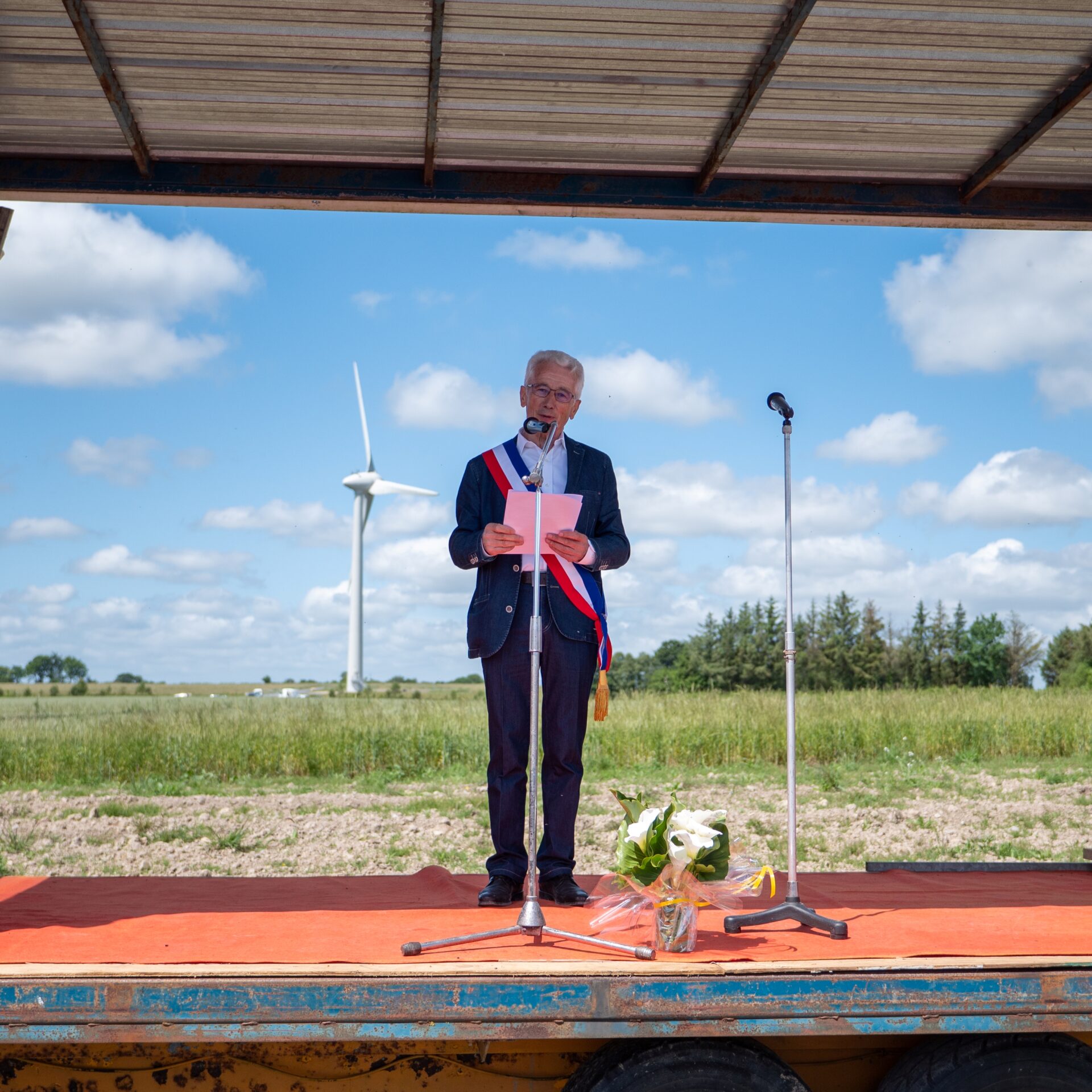Blades, tower, generators, foundations… what happens to each component of a wind turbine once it’s been dismantled?
Watch a video to find out how the various components of a wind turbine are recycled and recovered.
Decommissioning and repowering of wind farms
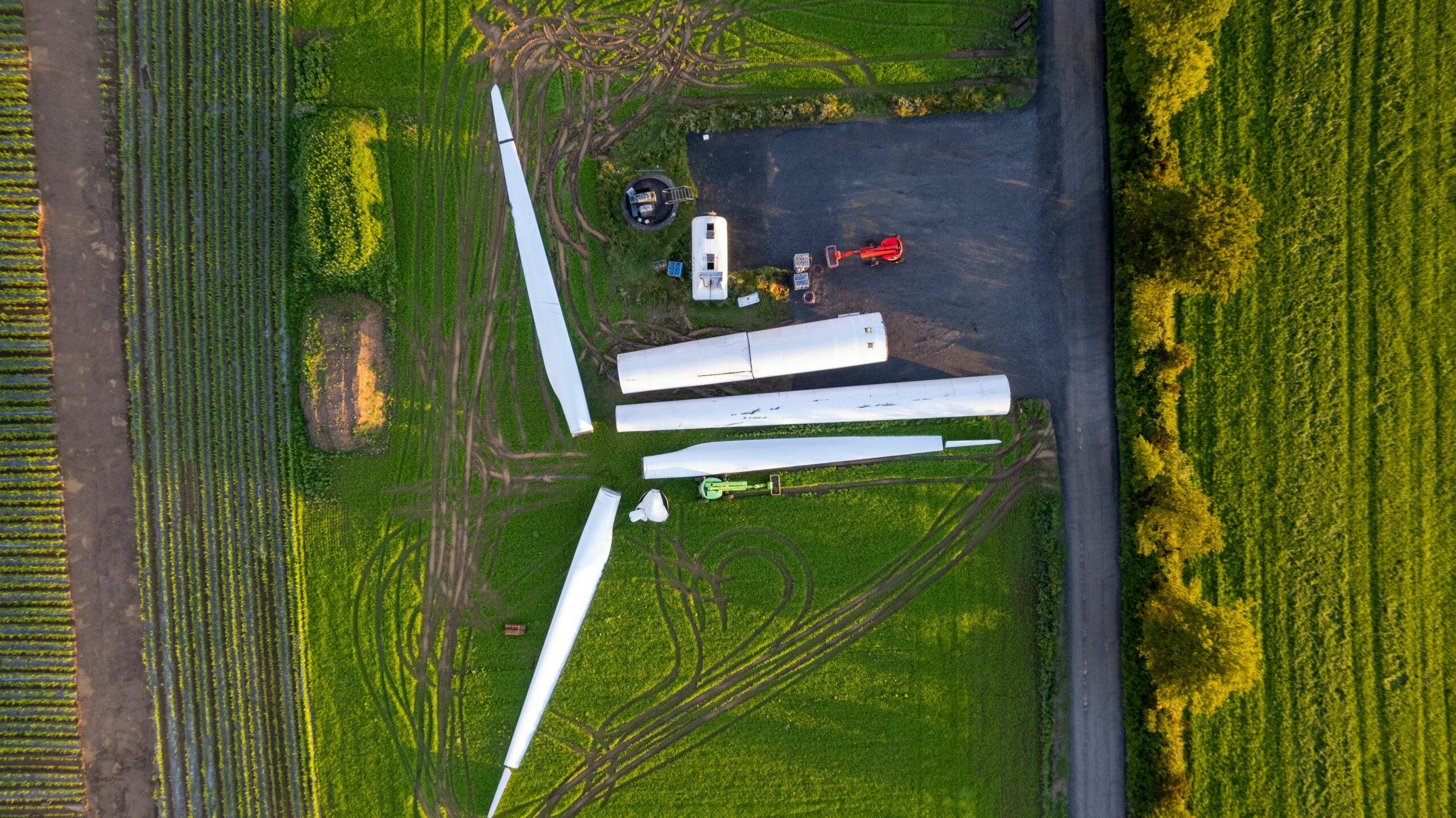
Since the early 2000s, wind turbines have seen significant technological developments in various areas: power and performance of generators, materials used, predictive maintenance, acoustics, reliability, integration to the grid etc. Thanks to these advances, it is now possible to install wind turbines that can produce four times more electricity, or even more, than models manufactured twenty years ago.
Kallista Energy has therefore committed to gradually replacing its first-generation wind turbines with more high-performance models. This initiative includes a threefold objective: optimising the production of renewable energy on the sites with the most wind in France; producing electricity at the most competitive price possible; and giving the communities where the wind farms are located, as well as Kallista Energy itself, visibility for the next 20 years. Even if the current wind turbines are still functional, we can optimise the production of renewable electricity by using high-performance materials over time if we upgrade and repower the plants.
- Optimize the production of renewable electricity at France’s windiest sites,
- Produce the most competitive electricity possible,
- Give the regions where the wind farms are located, as well as Kallista Energy, a new 20-year visibility.
Even if today’s wind turbines are still in working order, we optimize the production of renewable electricity with high-performance equipment over time by renewing the wind farms.
Since 2020, the law requires the complete excavation of concrete foundations for wind turbines except in cases where the environmental balance sheet is unfavourable, without the dismantling target being less than 1 metre (Order of 2 June 2020).
Kallista Energy had committed to the complete removal of all foundation blocks of old wind turbines since 2017. The land is restored to its natural state or can be used for farming again.
In 2021, the wind turbines at Lanfains will be replaced by more efficient models. With 6 wind turbines (compared with 5 previously), the new wind farm produces 60% more local, renewable electricity than the old one. It meets the equivalent electricity needs of around 9,000 inhabitants*.
Case study:
Renewal of the Plouyé wind farm in Brittany.
Plouyé is a commune in Brittany, about an hour from Brest.
Thanks to its high wind potential, it was one of the first communes in France to host a wind farm. At the time, 4 wind turbines, each with a capacity of 0.75 MW, were installed.
In 2017, Kallista Energy, owner and operator of the wind farm, replaced these turbines with more efficient models, with the support of Enercon and local companies.
The 4 new wind turbines, with a capacity of 2.3 MW, now produce 4x more electricity. By way of comparison, it would have been necessary to install 16 wind turbines like those that made up the original park to achieve the output of the new park. Renewing the wind turbines therefore enables real optimization of production without increasing the number of machines.
The old turbines were dismantled and sent for recycling. All the old foundations were removed and recycled.
The dismantling of the Plouyé wind farm in Brittany confirms that this process is perfectly mastered and safe for the environment.
It took just one week to dismantle each wind turbine and remove its foundation. All the components of the wind turbines have been recycled in various ways.
In addition, the law requires the wind farm owner to guarantee financial responsibility for dismantling the turbines as soon as they are installed. The wind farm owner must provide a financial guarantee for each wind turbine.
In this way, the dismantling of the Plouyé wind farm in Brittany will not have cost the community a single cent. The same will apply to all other wind farms to be renewed by Kallista Energy.
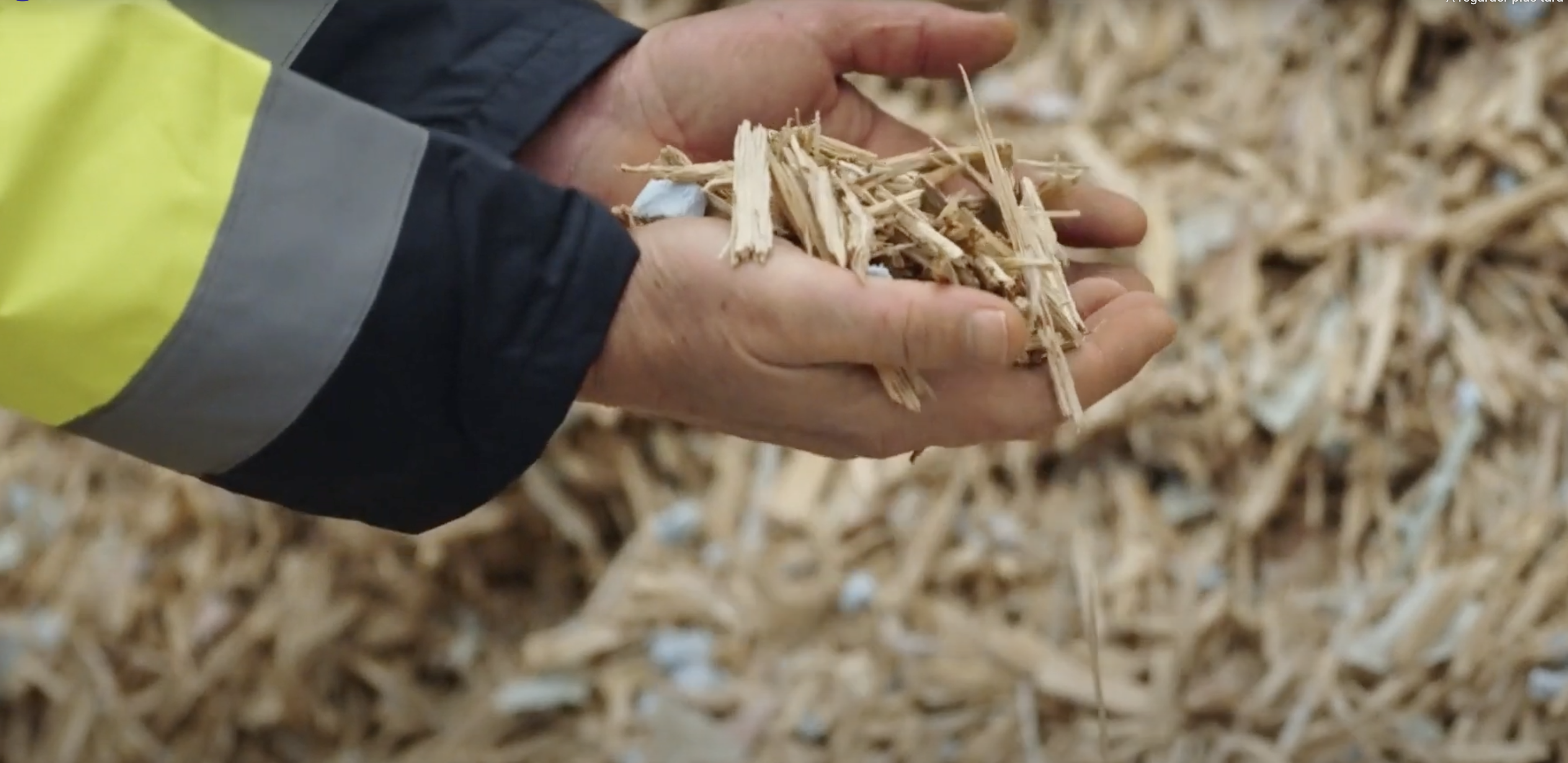
100% of a wind turbine can be recycled or recovered
- Mast & cables: metal structures are recycled by scrap dealers.
- Nacelles & blades: made of fiberglass, they are crushed for use as fuel in cement works or as fill in road construction…
- Foundations: once levelled, the concrete is crushed for use as fill.
- Multiplier & generator: these are recycled as spare parts, as are the components of the delivery substation…
